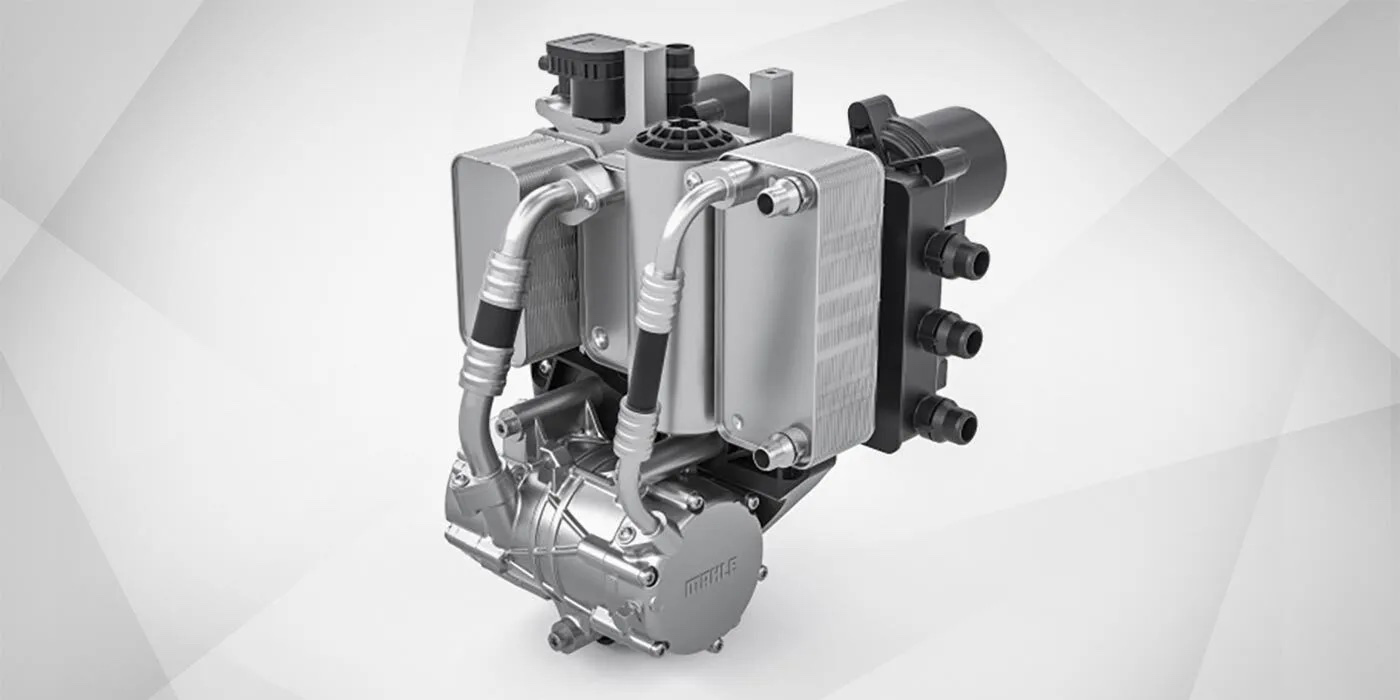Oil filters play a fundamental role in the operation of a vehicle. They’re designed to trap tiny particles that can damage the engine’s mechanical components. Changing the oil and the oil filter at the recommended service intervals is the single most important maintenance item on any vehicle today.
But, that hasn’t always been the case. If we travel back in time to the 1950s, oil filters were optional on many cars and not even offered on others. When an oil filter was available, it was a cartridge-style filter mounted inside a steel canister. The first spin-on oil filters were introduced in the mid-1950s, and by the 1960s they were the norm – although cartridge-style filters are still around today.
As vehicles have evolved, so have oil filters. Downsized engines, direct injection and turbochargers – along with the longer service intervals of today’s vehicles – have challenged filter manufacturers to develop new filter media that collect more dirt, filter out finer particles and last longer.
Some filters are using a combination of cellulose fibers and non-woven plastic or synthetic fibers to improve filtering efficiency. Another innovation is a fully synthetic two-layer fleece fiber. This polyester filter media has a higher capacity than cellulose fibers, and it’s designed to maintain its performance characteristics for much longer.
With many premium filters designed to last 10,000 miles or more, it’s safe to say these aren’t your grandfather’s oil filters.
Thanks for watching, and we’ll see you next time.










